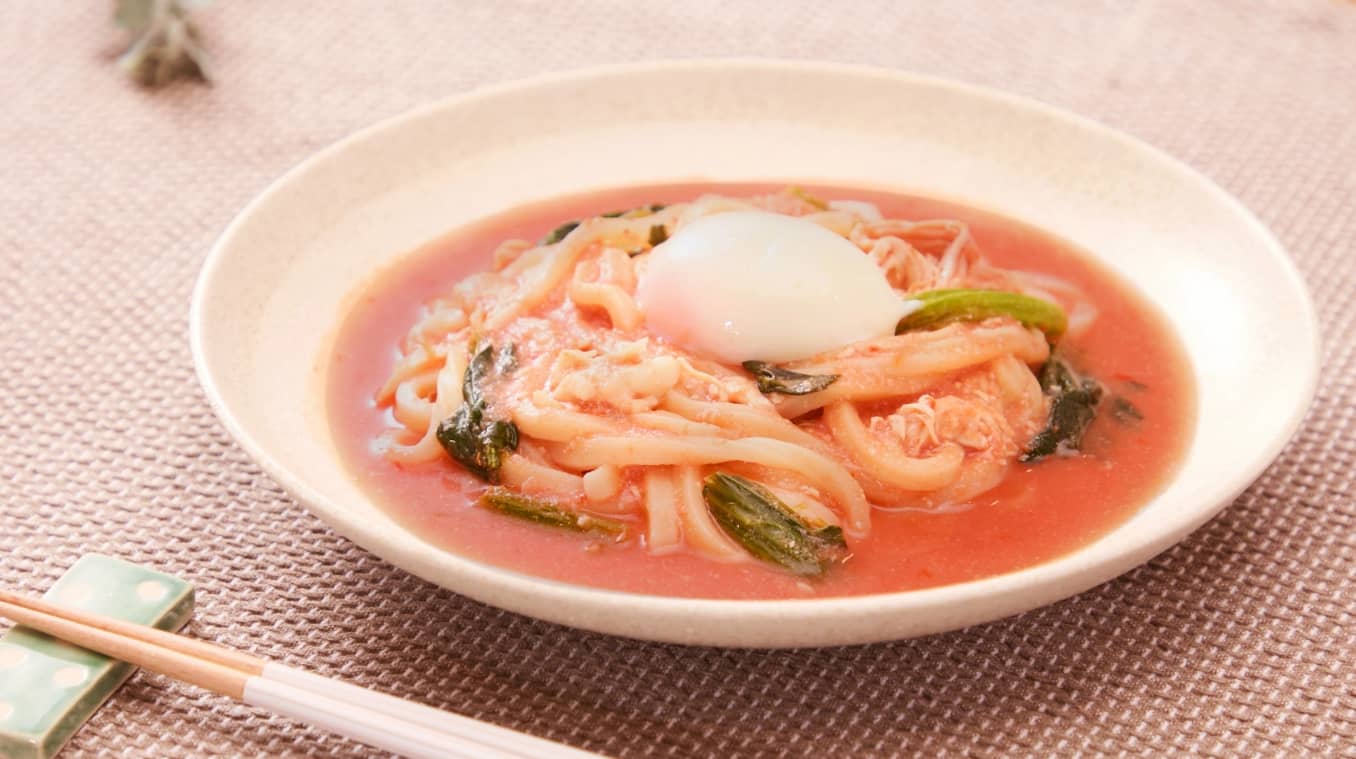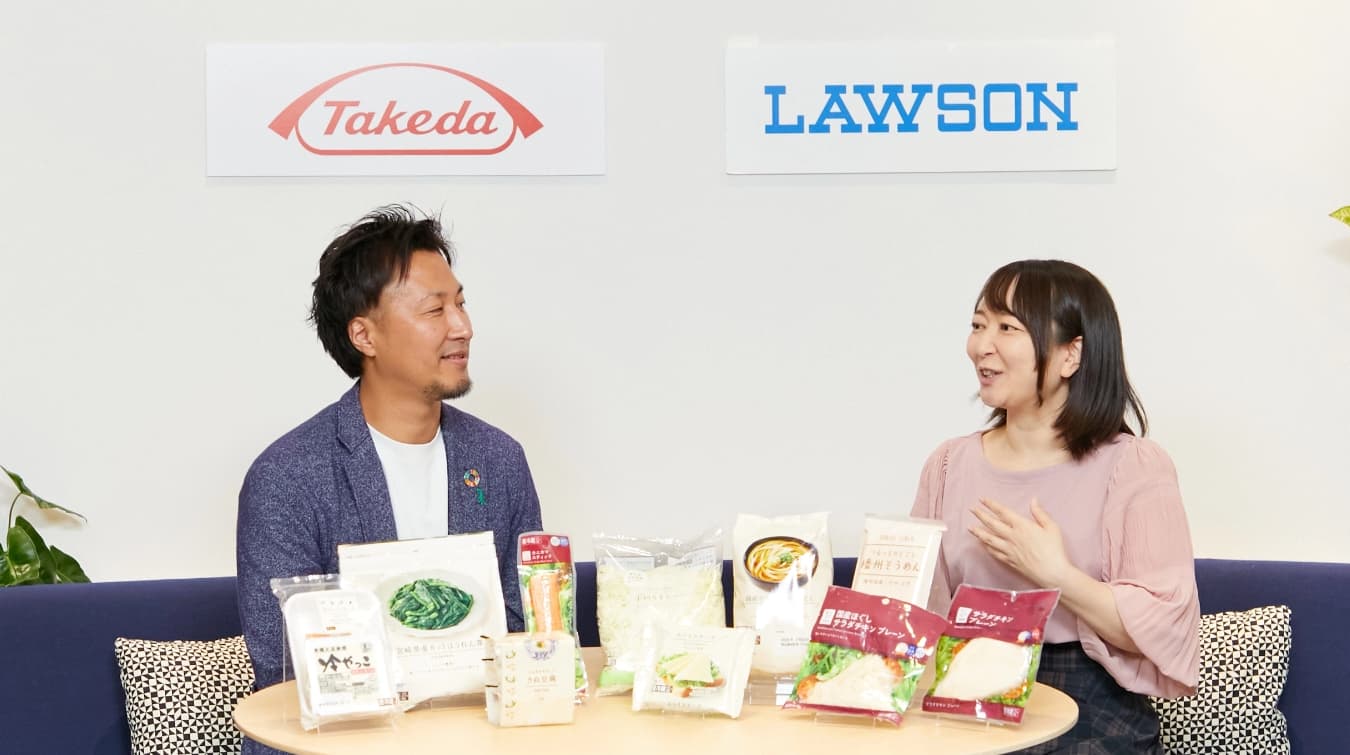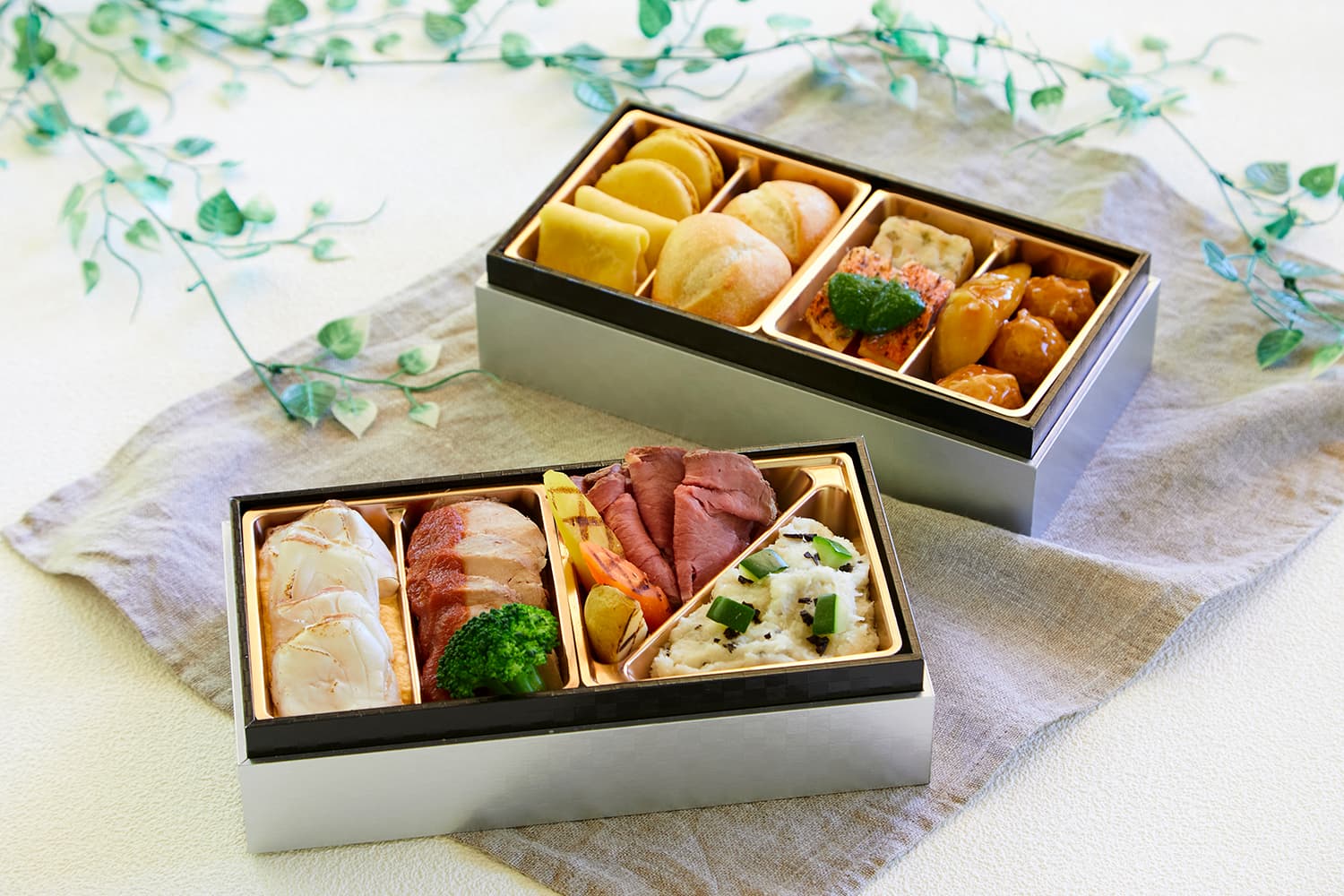Easing dietary challenges for IBD patients in Japan | Takeda Stories

Easing dietary challenges for IBD patients in Japan
This article includes real-life patient experiences. Individual experiences may vary. This information is available to the general public for informational purposes only; it should not be used for diagnosing or treating a health condition or disease. It is not intended to substitute for consultation with a health care provider. Please consult your health care provider for further advice.
Imagine walking into your local store and painstakingly checking each product’s ingredients before deciding to buy. For many people living with inflammatory bowel disease (IBD), this is a daily reality, where even the simple act of choosing a snack requires careful deliberation.
“After being diagnosed with IBD, I noticed that eating foods high in fat would make me feel unwell almost immediately,” says Chie Nakamura, a voice actor based in Tokyo. “Now whenever I shop, I carefully check the nutritional information on packaging for fat content.”
IBD is a condition characterized by inflammation of the digestive tract1. With approximately 6.8 million IBD patients worldwide2, reducing symptoms to enhance quality of life is a common challenge.
Enter the IBDream project, a Takeda-led program designed to alleviate some of these daily challenges by raising awareness and providing practical resources for people in Japan living with IBD. Since its inception in 2019, the collaborative initiative has attracted support from leading brands, culminating in innovative partnerships to develop solutions tailored for Japan’s IBD community.
Convenient solutions: Collaborating to share well-balanced meal options
One of the project team’s most impactful collaborations to date is with Lawson, a leading convenience store chain in Japan. Together, the team and Lawson have helped to share recipes that use common, readily available Lawson products, aimed at potentially easing the dietary challenges faced by IBD patients.
Tatsuhiro Kanoo, part of Takeda’s global communications team and IBDream project team member, shares how a chance discovery sparked the collaboration. “We were thinking about how we could provide useful information for IBD patients who typically don’t cook when we came across a novel initiative led by Lawson. It was a campaign to transform restrooms in stores through art installations inspired by disease awareness events and community involvement.”
Recognizing that restroom access is also a significant issue for IBD patients, the team realized that partnering with a company already involved in such positive social initiatives could lead to meaningful collaboration. Despite not having any prior connection, they reached out to Lawson to see how they might work together.
The partnership has proven fruitful, resulting in the development of recipe guides tailored for people with IBD as well as a recipe contest that engaged the public in creating diverse, well-balanced meals. The collaboration has also included social media campaigns and in-store promotions, highlighting World IBD Day (May 19) across 14,000 locations in support of the IBD community.
Saki Goda from Lawson’s Sustainability Promotion Office highlights the rewarding impact of their efforts.
“I was really happy to see so many comments on social media like, ‘This looks delicious,’ or ‘I think I could make this myself,’” she says. “We aspired to reach as many patients as possible, but understanding the meaningful role Lawson can play in raising awareness about IBD makes it a collaboration of real social importance. I’m proud to be a part of it.”

Sweet solutions: The IBDream snack guide series
Another of the project’s recent successes is a series of confectionary guides, which offer curated selections of sweets and snacks designed for patients with IBD. Created in collaboration with well-known confectionery companies, the guides aim to provide people with options that balance taste and nutritional requirements.
Kazuhisa Kaneko, a member of Takeda’s global communications team and IBDream project member, recalls how the idea came about: “The inspiration for creating these guides came from a patient who talked about missing chocolate during their hospital stay, and how even a tiny piece after being discharged made them so happy.”
The project team worked closely with confectionery companies to identify products available across Japan that could potentially be appropriate for individuals with IBD, resulting in guides covering candy, cookies, rice crackers, savory snacks and chocolate.**

“Our goal was to create something that would help IBD patients think, ‘Look at all I can enjoy,’ rather than, ‘This is all I can eat,’” says Kazuhisa.
With the cooperation of the partner companies as well as athletes, voice actors and illustrators who have either direct or indirect experience of living with IBD, the guide was featured on television and in newspapers and viewed more than 500,000 times on social media.
“After we launched the guides,” Kazuhisa says, “we received lots of responses from patients, saying things like: ‘I was so happy I cried,’ and ‘I never knew I could eat this.’ It was quite emotional.”
* The image shows original Lawson products. Certain products may not be available in some stores or regions. Depending on the store and region, the sale of certain products may end without prior notice. Product packaging shown is as of September 2024.
** Recognizing that sensitivity and disease responses vary among individuals with IBD, not all recipes or food guides and suggestions may be suitable for every patient. Patients are encouraged to consult their doctors to determine which foods are appropriate for their specific situation.
- Crohn’s & Colitis Foundation: https://www.crohnscolitisfoundation.org/diet-and-nutrition/special-ibd-diets
- Alatab S, Sepanlou SG, Ikuta K, et al. The global, regional, and national burden of inflammatory bowel disease in 195 countries and territories, 1990–2017: a systematic analysis for the Global Burden of Disease Study 2017. Lancet Gastroenterol Hepatol. 2020;5(1):17-30. doi:10.1016/S2468-1253(19)30333-4
Share this story



